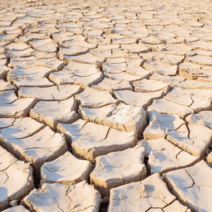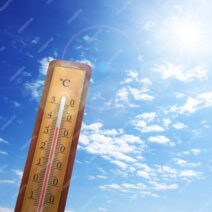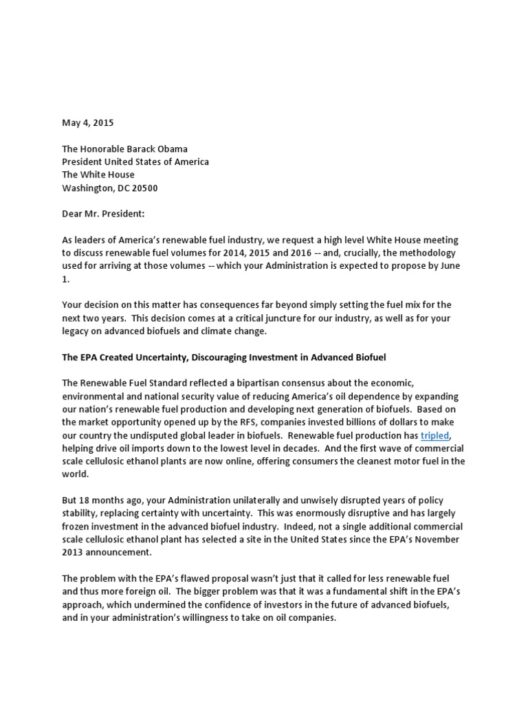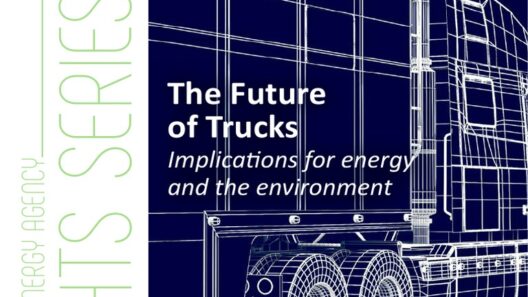Energy conservation is imperative as it not only helps in reducing utility bills but also plays a significant role in mitigating environmental degradation. By utilizing energy-conserving items, individuals can contribute to a more sustainable future while enjoying the benefits of reduced expenditures. This intricate relationship between choice and consequence illuminates a path toward mindful living. Below, we explore an array of tools and technologies that facilitate energy conservation, emphasizing their roles in modern households and commercial environments.
LED Lighting
Light Emitting Diodes (LEDs) represent a revolutionary advancement in lighting technology. These bulbs consume significantly less electricity than traditional incandescent or fluorescent lamps, resulting in savings of up to 80% in energy use. Additionally, LEDs have an extensive lifespan, lasting up to 25 times longer than incandescent bulbs. This longevity not only denotes reduced replacement costs but also signifies fewer materials discarded in landfills, contributing to decreased environmental impact.
Smart Thermostats
Smart thermostats are a quintessential tool in energy management, allowing users to regulate temperature settings more efficiently. By learning user preferences and adjusting heating or cooling systems accordingly, these devices minimize energy waste. Many smart thermostats can be programmed for various schedules, ensuring optimal energy consumption when homes are occupied and reducing it when they are not. Moreover, connectivity features enable remote control via smartphones, empowering individuals to modify settings even when away from home.
Energy-Efficient Appliances
Substituting conventional appliances with energy-efficient models can lead to considerable energy savings. Devices such as refrigerators, washing machines, and dishwashers are now designed to operate with diminished power while still delivering high performance. Look for the ENERGY STAR label, which signifies that the appliance meets strict energy efficiency guidelines set by the U.S. Environmental Protection Agency. These appliances not only conserve energy but often perform better than their less efficient counterparts, exemplifying that sustainability can coincide with efficacy.
Smart Power Strips
Vampire power, the energy consumed by electronics when they are turned off but still plugged in, constitutes a surprising portion of home energy usage. Smart power strips combat this issue by automatically cutting power to devices that enter standby mode or are not in use. By using these strips, consumers can effectively reduce phantom load, leading to substantial savings over time. They are especially beneficial for home entertainment systems, where multiple devices are regularly used.
Insulation and Weatherization
Insulation is a critical factor in energy conservation, as it helps maintain indoor temperatures by preventing heat transfer. Properly insulating your home can substantially reduce the need for heating and cooling, which account for the majority of residential energy consumption. Coupled with weatherization techniques, such as sealing cracks and gaps, homeowners can create tighter building envelopes that enhance energy efficiency. The installation of insulated windows and doors can also significantly contribute to a home’s energy conservation efforts.
Solar Panels
Integrating solar panels into your energy management strategy can be a transformative decision. This renewable energy source harnesses the sun’s power, converting it into electricity that can be utilized for household needs. Although the initial investment can be substantial, the long-term savings on energy bills can result in a favorable return on investment. Furthermore, federal and local incentives often exist to alleviate upfront costs, encouraging broader adoption of this sustainable energy source.
Energy Monitoring Systems
The advent of energy monitoring systems offers users unprecedented insight into their energy consumption patterns. These devices provide real-time data on energy use, enabling households and businesses to identify high-consumption appliances or activities. By understanding energy habits, users can make informed choices about when and how to use specific devices, leading to more strategic energy use and cost savings. Integrating this technology with mobile apps allows for monitoring from anywhere, enhancing user engagement in energy conservation practices.
Water-Saving Fixtures
Water conservation is another facet of energy conservation often overlooked, as the energy used to heat water contributes to overall energy consumption. Installing water-saving fixtures, such as low-flow showerheads and faucet aerators, can significantly reduce water usage without compromising performance. Efficient water heaters, such as tankless models, heat water on demand, further minimizing energy expenses associated with water heating.
Behavioral Adjustments
Beyond physical tools and technologies, behavioral adjustments can have a profound impact on energy conservation. Simple practices, such as turning off lights when leaving a room or unplugging devices that are not in use, contribute to reduced energy consumption. Regularly maintaining appliances for optimal performance also plays a crucial role. Far too often, everyday habits remain unexamined, leading to unnecessary energy consumption and inflated bills.
In conclusion, energy-conserving items and practices deliver substantial benefits that extend beyond mere monetary savings. Each tool serves as a stepping stone towards a collective effort to sustain our planet, preserving resources for future generations. Implementing these strategies not only promotes responsible living but fosters an environmentally-conscious society where energy is used judiciously and efficiently. The potential for smaller ecological footprints is vast, and it begins with informed choices in our daily lives.






